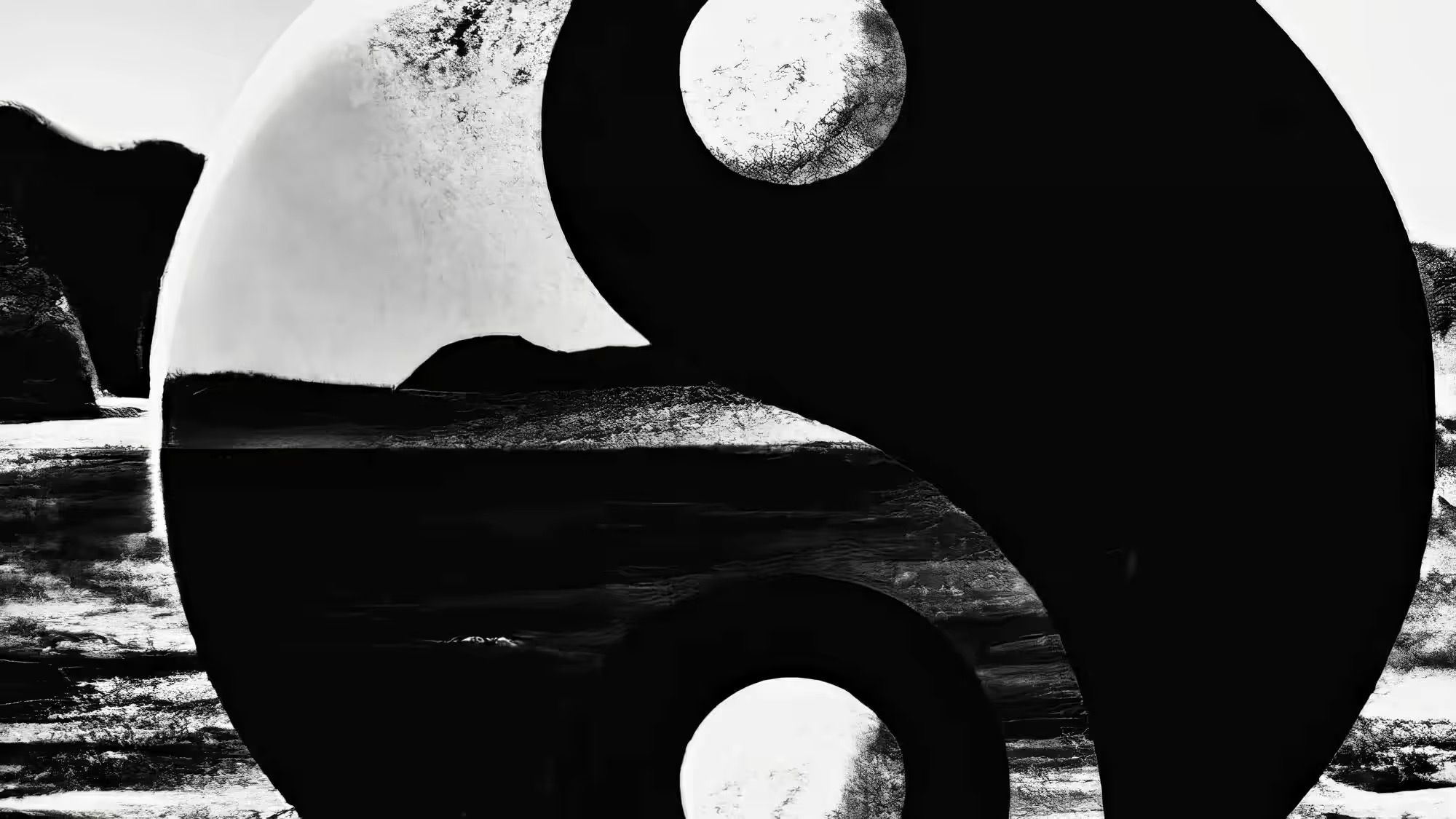The key concept of Wǔ Xíng, meaning five phases, captures the essence of movement and changes among the fundamental elements. Like we learned in the theory of Yin and Yang, Daoists hold a firm belief that everything in the physical and non-physical universe finds its manifestation through the ceaseless motion and interplay of the five elements. By comprehending the unparalleled properties and relationships of wood, fire, earth, metal, and water, the theory elaborates on the very composition and phenomena of the physical world.
The theory of Wǔ Xíng and the doctrines of Yin and Yang form the fundamental basis of an ancient medical system widely recognized as Classical Chinese Medicine (CCM). They are the core of medical theories and practices that originated thousands of years ago in China. Make sure to understand the principles of Yin and Yang before advancing here.
The term Wǔ denotes five, while Xíng signifies phase, movement, process, to go or conduct behaviours. In Chinese culture, these five phases are associated with five elements, not solely as static material entities but rather as dynamic forces consistently adapting and interacting within both the internal and external environment.
Study the principles of Yin Yang first:



